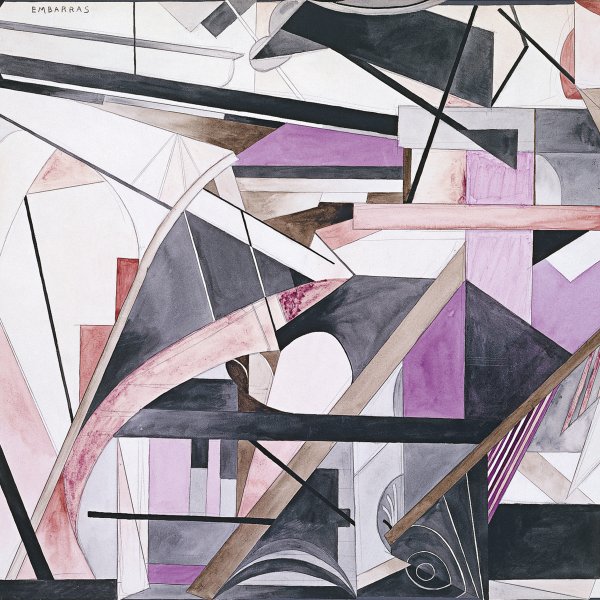Francis Picabia
The French artist Francis Picabia was a prominent figure on the early twentiethcentury art scene for his free spirit and great versatility that allowed him to change styles as the mood took him. His non-conformism drew him to the Dada movement and led him to make a decisive contribution to spreading this trend through Spain, France and the United States.
Picabia studied at the École des Arts Décoratifs in Paris and his early works, close in style to those of Camille Pissarro and Alfred Sisley, were soon widely acclaimed. However, Picabia soon abandoned the Post-Impressionist style in favour of avant-garde art in 1912, by espousing Orphism. Around this time he also befriended Marcel Duchamp.
In 1912 Picabia exhibited his work at the Section d’Or and the following year at the Armory Show in New York. Following the outbreak of the First World War he settled in the city of skyscrapers, where he coincided again with Duchamp and met Alfred Stieglitz, to whose periodical 291 he contributed. In 1916 he lived for a spell in Barcelona and there founded the review 391, in which he published an anthology of his poems; these are considered to be the precedent of automatic writing and crucial for the development of the Dada movement in France. A trip to Switzerland for health reasons brought him into contact with Tristan Tzara and Hans Arp. In 1919, after returning to Paris, he was involved in founding the Paris Dada group and met André Breton, who would defend him over the numerous scandals sparked by his publications.
After leaving the Dadaist group in 1921, Picabia was involved in the stage scenery for the ballet Relâche with music by Erik Satie, and wrote the plot of René Clair’s film Entr’acte. Weary of the Paris art scene, in 1925 he bought a house in Mougins, near Cannes. Around this time he began his series of Monsters. At the end of his life, back in Paris after the end of the Second World War, he was attracted by abstract painting and became one of the forerunners of Art Informel.





